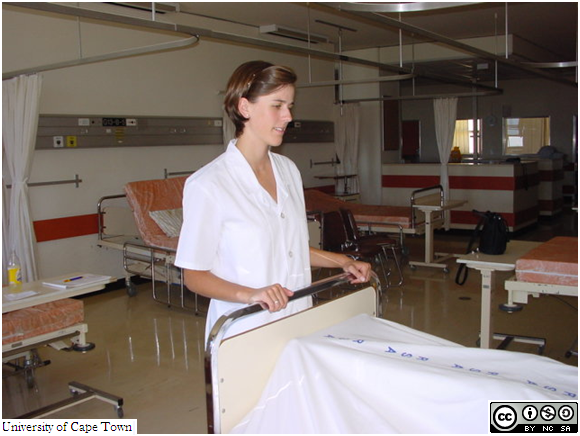Assessing respiration
Stand at the end of the bed, square-on to your patient, and watch his respiration quietly.

Assess:
- The depth of respiration. Is it shallow or deep, laboured or sighing?
- The rate of respiration. Is he tachypnoeic? It is unnecessary to time respiration exactly, though you can if you wish. Far more important is to assess the rate qualitatively - is he breathing faster than me? Much faster than me - i.e. very tachypnoeic?
Look for respiratory distress:
This is an important observation to make. Distress is a little hard to define: basically it is a combination of dyspnoea (being unable to draw enough air into the lungs for the patient?s comfort), usually associated with tachypnoea, or rapid breathing.
